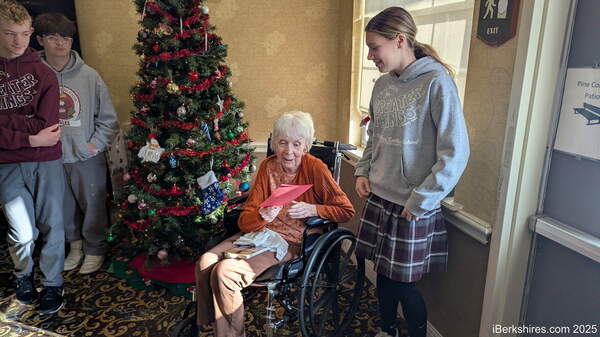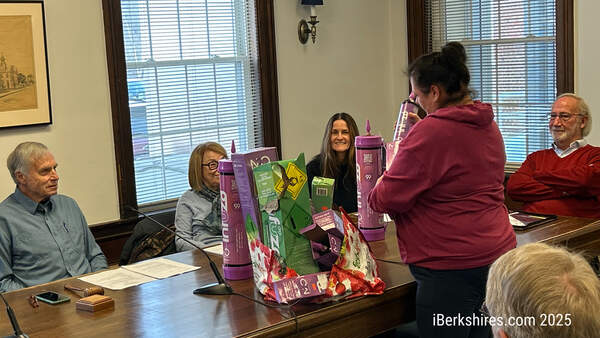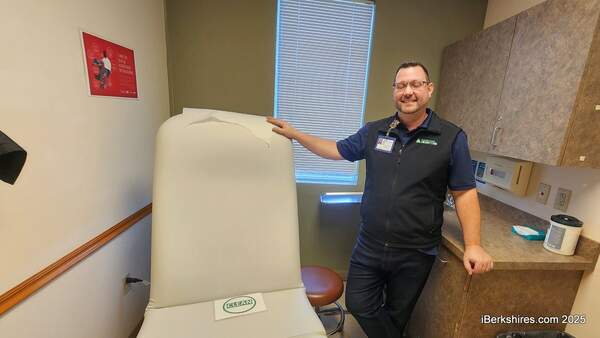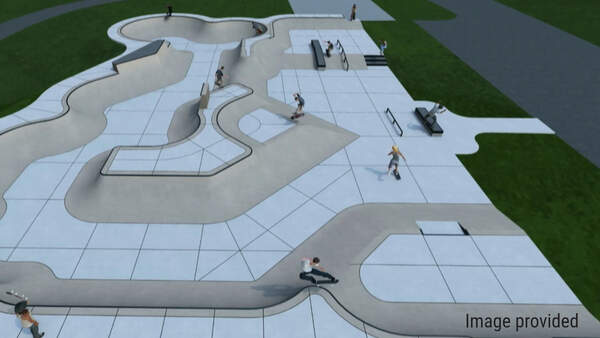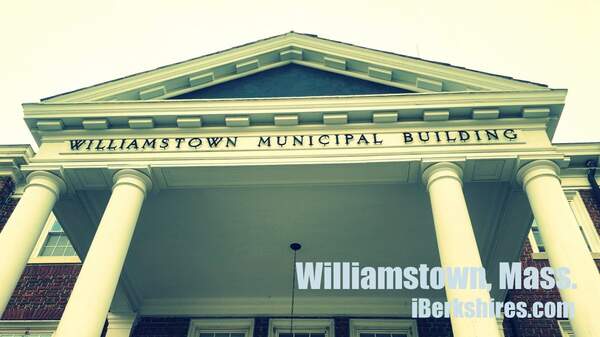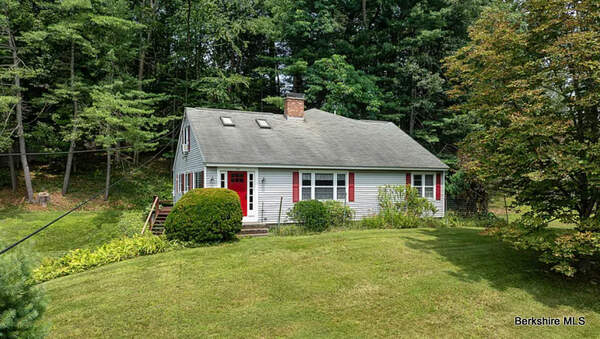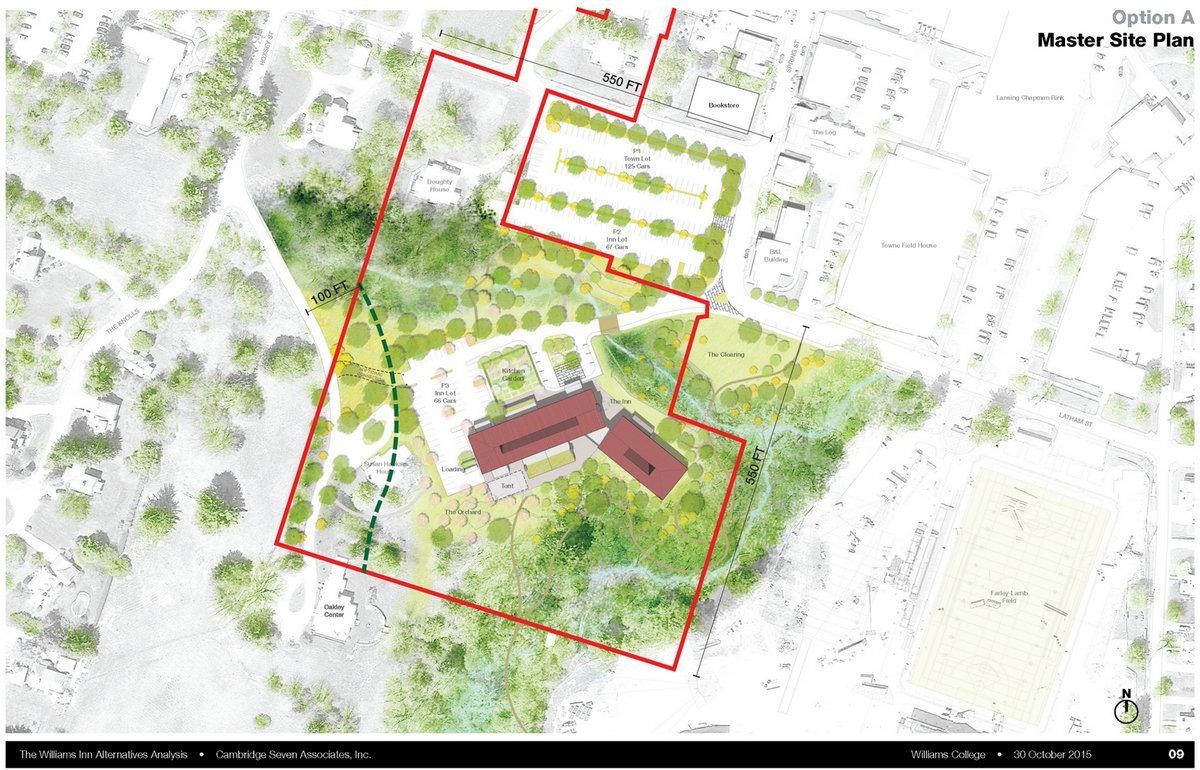
Williamstown Planners Advise Zoning Change for New Williams Inn
WILLIAMSTOWN, Mass. — The Planning Board last week unanimously recommended town meeting approve an expansion of the Village Business zoning district that will allow Williams College to build a new inn south of Spring Street.
The board held a public hearing last Tuesday to consider six different zoning bylaws that will be on the May town meeting warrant. Although the bulk of the hearing focused on the citizen's petition to create an overlay district that would allow a new hotel in South Williamstown, the other hotel bylaw on the warrant generated a fair amount of public comment.
The bulk of the reaction was positive from the crowd in the elementary school auditorium. But there were a few residents who rose to question whether the town should allow Williams to build a replacement to the current inn in the area commonly known as the location of the Agway barns — south of Latham Street and west of Spring Street.
The college first came to the Planning Board with that idea in 2014 with an eye toward getting it on the 2015 town meeting warrant. But Williams later asked the town to put the bylaw project on hold while it took time to further evaluate its plans.
This winter, the college decided to go ahead with the lines that were drawn by the Planning Board last year and asked the Board of Selectmen to refer the proposed bylaw to the planners for a public hearing.
College Vice President for Community and Government Affairs James Kolesar explained that the proposed new inn would be part of a greater effort to revitalize Williamstown's downtown.
"If you think about it, several vectors are coming together that promise to have more life on the street," Kolesar told the board. "Last fall, we had the reopening of The Log. That's working splendidly so far. We have Cable Mills being moved into. … In a few months, the book store will be pulled in from its outer orbit [on Water Street] to a more inner orbit.
"Now we have the opportunity to take the Williams Inn, an important center of not just visitor but community activity, and embed it in the heart of our town."
The idea of a new inn increasing foot traffic on Spring Street drew positive responses from several businesses on the street and a member of the board of the Williamstown Theatre Festival.
Selectman Andrew Hogeland, who served on the town's yearlong Economic Development Committee last year, said the relocation of the inn would bring a sense of vitality to the Village Business District and that visitors to the inn's current Main Street location too often do not find their way downtown.
Not everyone agreed that the increased traffic on Spring Street will be a blessing.
South Street resident Roger Lawrence argued that traffic is bad enough on the street in the summer months and that further expansion of the college into the core of the village will not improve the quality of life for residents.
(1).JPG)
"There been a trend in Williamstown recently: the construction of new large institutional buildings downtown and the destruction of the residential fabric of our downtown," Lawrence said. "I think that's having a profound influence on the nature of Williamstown as a small town where people live.
"I'm going to advance a radical proposition, and that's that the people who live in Williamstown constitute a large portion of the life we feel is missing on Spring Street. I think the people of Williamstown really represent the beating heart of this town. The more we drive residents out of Williamstown, the more that heart is going to go still."
Lawrence also said the town needs to worry about unintended consequences of new construction — even a project as heavily studied as the college's proposed inn.
"The Clark Art Institute went through a major expansion, and you can only say the parking plan was an abject failure, and the result was that South Street was turned into a parking lot all summer," Lawrence said. "The presentation the Clark presented looked fine, but it went wrong. I don't see how we can be sure the same won't happen here."
While Lawrence did not want the inn moved at all., others questioned whether Williams picked the right Spring Street location. As it has in the past, the school was urged to consider a location that fronted the street in order to create an even stronger connection with local businesses.
Kolesar said that while a Spring Street address had some advantages, the area to the south was deemed preferable.
One issue is that a building that fronted on Spring Street would exacerbate the kind of traffic concerns Lawrence raised.
"If you had a large event happening at the inn and lots of cars arriving at the same time, you might have some queuing issues on the street," Kolesar said.
Kolesar pointed out that a new inn on the college's Spring Street property probably would consume some of the land currently used for a college-owned public parking lot.
"Because the inn [would be] so close to the regular parking lot, guests at the inn, by human nature, would park in the public lot," he said.
The college's executive director of design and construction said an inn set back from Spring Street expands parking options.
"One major benefit [to the current plan] is not only are we not impacting the town lot, but we're able to add to the south another 67-car lot," Rita Coppola-Wallace said. "Potentially, and I think it's a very real potential, town folks during the day and low occupancy times would gain another 67 spots."
Parking would be among the topics for further review by the town if and when the college begins the formal regulatory process for a new inn.
The expansion of the Village Business District, which requires a two-thirds vote at town meeting, is just the first step, college attorney Jamie Art noted.
"This doesn't mean this inn necessarily gets built," Art said. "It doesn't mean it gets built as of right. It means the design development continues, and the project is subject to multiple layers of review. … The Zoning Board of Appeals would need to issue a special permit. The Conservation Commission would need to review impacts within its jurisdiction. The Planning Board would need to review this because it would be the creation of more than one building on a lot.
"Even if a town meeting vote allows the zoning change, that does not mean the inn will be immune from further scrutiny or review."
Tags: commercial zoning, motels, hotels, Planning Board, town meeting 2016, village business district, Williams College, williams inn,

